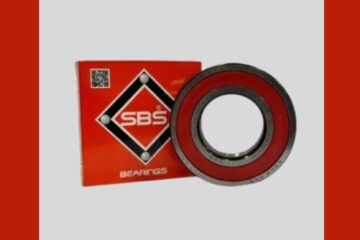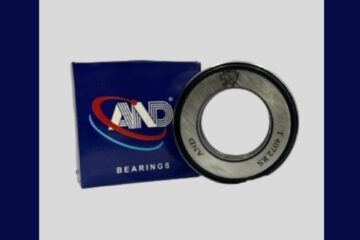AUTOMOTIVE
AUTOMOTIVE In the vast expanse of the industry, innovation takes flight, reshaping the way we navigate the skies and explore the cosmos. From cutting-edge aircraft to ventures into outer space, the realm of stands at the forefront of technological advancement. Let’s embark on a journey to unravel the wonders and advancements that define this dynamic and ever-evolving field.
Travel
Let the Journey With SBS
Bearings play a crucial role in the aviation and automotive industry, ensuring smooth and reliable operation of various mechanical components within aircraft and spacecraft.
AUTOMOTIVE BEARING
In recent years, the aerospace sector has witnessed a surge in commercial space exploration endeavors. Private companies are making strides in developing reusable rocket technology, reducing the costs associated with space travel. This trend not only fosters competition but also opens new frontiers for industries beyond traditional space agencies.
The industry is marked by a continuous pursuit of efficiency and safety. Advancements in navigation systems, automation, and artificial intelligence enhance the precision and reliability of aircraft. Cutting-edge technologies like fly-by-wire systems and autonomous flight capabilities redefine the possibilities of aerial travel, making air transportation more accessible and secure.
Modern vehicles are evolving into connected platforms on wheels. The integration of Internet of Things (IoT) technology allows for seamless connectivity between vehicles and the broader digital ecosystem. From in-car entertainment systems to real-time traffic updates, connected vehicles offer an immersive and efficient driving experience. Moreover, the emergence of Vehicle-to-Everything (V2X) communication is creating a network where vehicles can communicate with each other and with the surrounding infrastructure, enhancing safety and traffic flow.



0 Comments